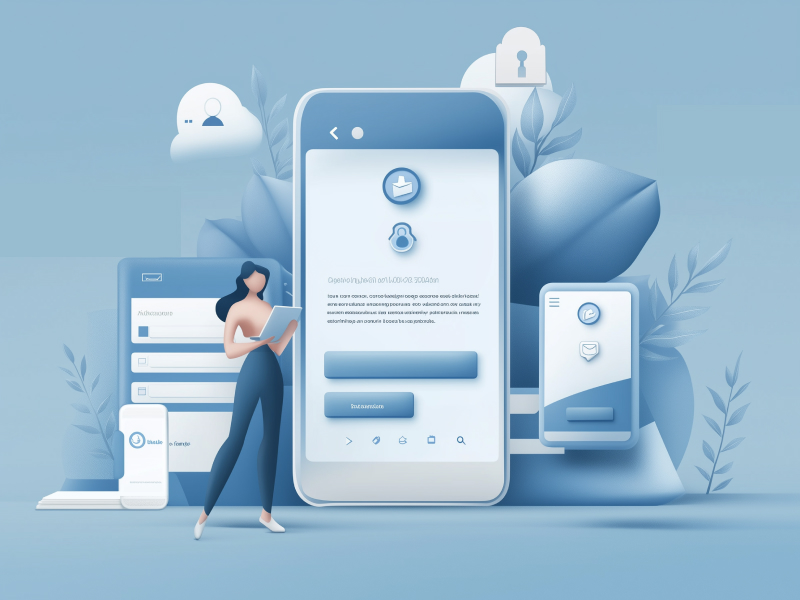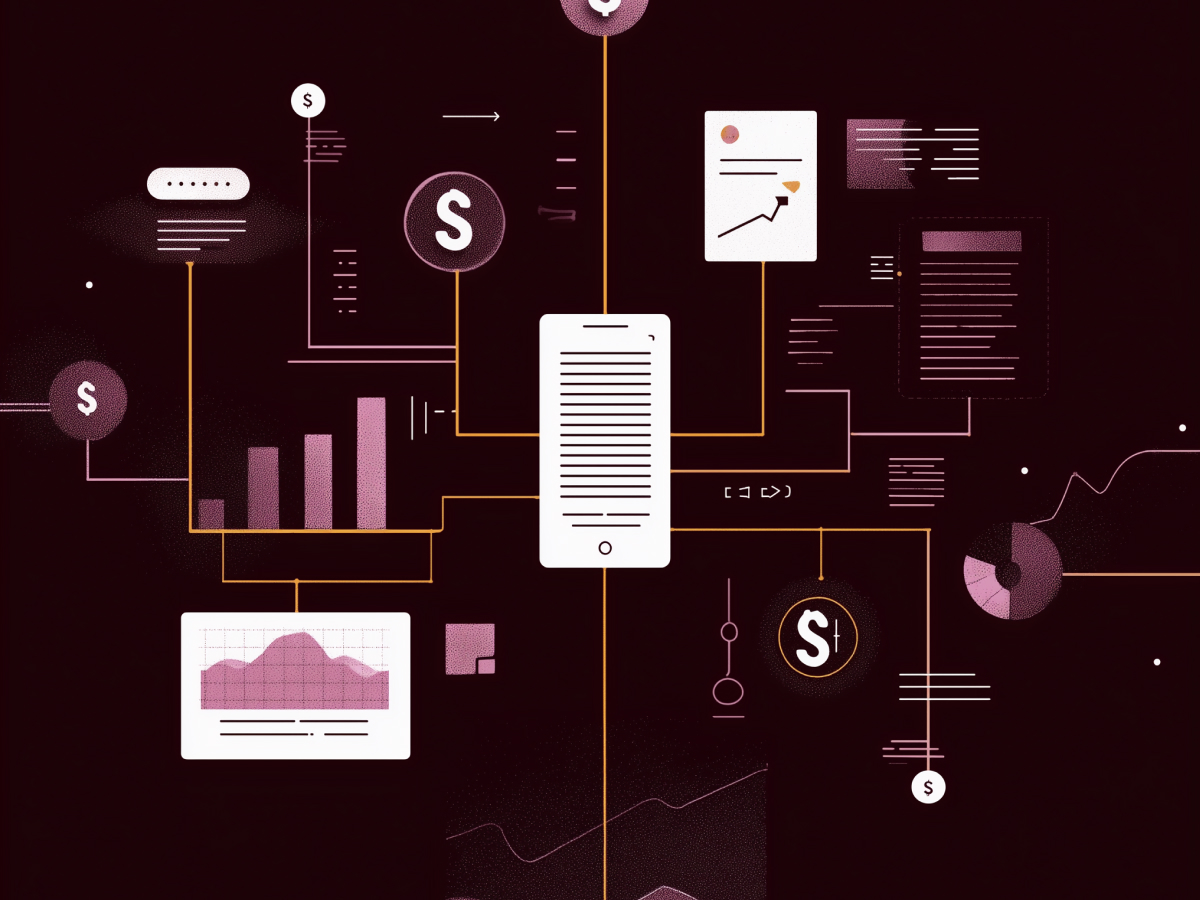What companies risk with poor visitor IDs
Retailers are facing a critical issue—up to 85% of eCommerce site visitors remain unidentified. This lack of visibility makes it challenging to engage customers, personalize their shopping experience, and encourage them to return.
While retailers successfully identify between 15-27% of their visitors, as reported in Bluecore’s “2024 Benchmark Report,” this leaves a vast majority of potential buyers unrecognized.
Without a clear understanding of who these visitors are, retailers lose out on valuable insights that could guide personalized marketing strategies.
Customer identification isn’t just about recognizing visitors at the time of purchase, but understanding their behavior, preferences, and patterns to inform future engagement.
A gap in knowledge severely limits a retailer’s ability to build ongoing relationships and drive repeat purchases. Moreover, unidentified visitors are much harder to re-engage after they leave the site, resulting in missed opportunities to boost customer lifetime value.
Smaller retailers and even established online brands now face growing pressure from massive discount platforms like Amazon, Temu, and Rakuten.
Marketplaces have the advantage of immense brand recognition, marketing budgets, and vast customer databases, allowing them to identify and engage visitors far more effectively. Sophisticated systems are capable of recognizing returning visitors almost effortlessly, offering a personalized experience that retains customer loyalty.
For smaller or mid-sized retailers, this level of competition means they must close the identification gap quickly or risk losing market share.
While these platforms offer ease, variety, and competitive pricing, they also serve as data-driven powerhouses that continuously refine customer engagement. Failing to identify and retain visitors creates a widening gap that becomes harder to bridge, especially as consumers become accustomed to the personalized experiences provided when these giants.
Importance of visitor identification for repeat purchases
The relationship between customer identification and repeat purchases is clear: businesses that identify more of their visitors experience 53% higher repeat purchase rates. Recognizing a returning customer gives more personalized engagement, making it easier to target them with relevant offers and communications that increase the likelihood of future purchases.
Despite having the necessary transaction data at the point of purchase, many eCommerce retailers struggle to recognize those same buyers when they return to the site.
A disconnect prevents companies from building a lasting connection with the customer and nurturing long-term loyalty. Without the ability to link behaviors across multiple visits, businesses miss out on cross-selling opportunities and the ability to drive repeat business, leaving them heavily reliant on acquiring new customers, a much costlier endeavor.
Strategies for customer identification
Retailers can overcome these challenges when using identifiers like email addresses or phone numbers and linking them to past behaviors. Capturing these identifiers during the customer journey, whether through account creation, guest checkout, or post-purchase communications, is key to maintaining a continuous understanding of the customer.
There isn’t a fixed standard for what constitutes a “good” identification rate, but higher rates clearly improve long-term customer engagement.
When continually improving their ability to match returning visitors to past interactions, retailers can create smoother experiences that encourage loyalty and repeat purchases. Focusing on higher identification rates also gives more accurate segmentation, helping businesses craft tailored marketing strategies that resonate with specific customer groups.
Identification rates across different eCommerce verticals
Apparel shoppers stand out as being more transparent about their identities compared to buyers in other product categories. The 27% identification rate among apparel buyers, higher than other sectors, is a key indicator that consumers in this vertical are more willing to share their information. This translates into a 20% repeat purchase rate within a year, illustrating the strong link between identification and ongoing customer loyalty.
Apparel shopping often involves a higher degree of personalization, such as size preferences, style choices, and brand loyalty.
Consumers are more likely to create accounts, share information, and engage with personalized recommendations in this vertical. The ability to track these behaviors allows retailers to capitalize on them, making sure that apparel buyers are more likely to return and make repeat purchases.
Poor reactivation rates across verticals
Despite the potential benefits of identifying returning visitors, no eCommerce verticals reported reactivation rates above 10%. This is troubling given that reactivated customers, those who haven’t made a purchase in some time but are convinced to return—typically spend more than first-time buyers.
Low reactivation rates suggest that many retailers are failing to re-engage lapsed customers, despite the higher revenue potential they offer.
Reactivating customers requires a comprehensive understanding of their preferences and previous behavior, but without strong identification strategies in place, retailers are missing out on this valuable segment.
Even though reactivated customers are known to be more lucrative, the struggle to effectively identify and target them underscores the importance of a comprehensive identification framework.
Why effective customer identification is key for retailers
In sectors like automotive, real estate, or B2B transactions, customer identification typically happens later in the process, as the purchase journey is longer and more complex. For these industries, customers tend to reveal their identities during critical stages, such as negotiating or submitting formal inquiries.
In eCommerce, the journey is faster, and customers can visit multiple times without ever providing identifiable information. Retailers must capture data earlier in the journey to make a lasting connection with their visitors.
Failure to do so means losing out on opportunities for repeat purchases and long-term relationships, making it crucial to recognize visitors as soon as they arrive.
Long-term customer retention challenges
Long-term customer retention is a challenge for many retailers, with retention rates falling dramatically after three years. Only 6% of customers continue to make purchases after this period, a sharp contrast to the 78% who make repeat purchases within the first year.
A steep decline underscores the difficulty in maintaining customer relationships over time.
Early success in driving repeat purchases within the first year suggests that retailers are initially effective at engaging new customers. However, the sharp drop in retention rates highlights the need for ongoing efforts to keep customers engaged beyond the honeymoon phase.
Without continuous and personalized interactions, customers quickly lose interest, shifting their loyalty elsewhere.
Key takeaways, the need for better identification strategies
In order to compete in a crowded market, retailers need to refine their customer identification strategies. This means developing systems that can recognize returning visitors and predict their needs based on previous behavior.
When implementing more sophisticated tracking tools and offering personalized experiences, retailers can build deeper relationships with their customers, reducing churn and boosting long-term profitability.





